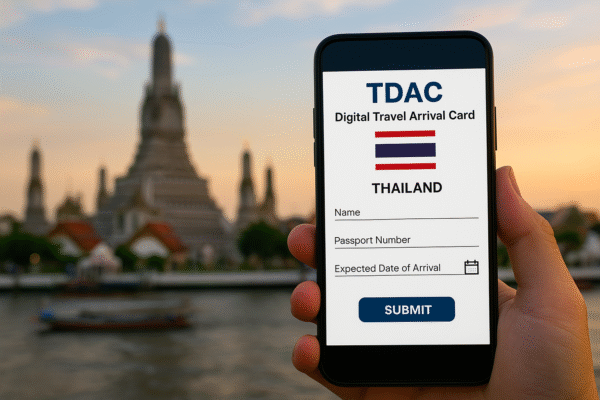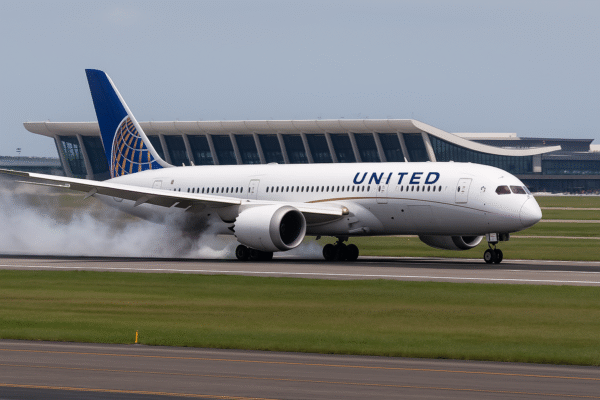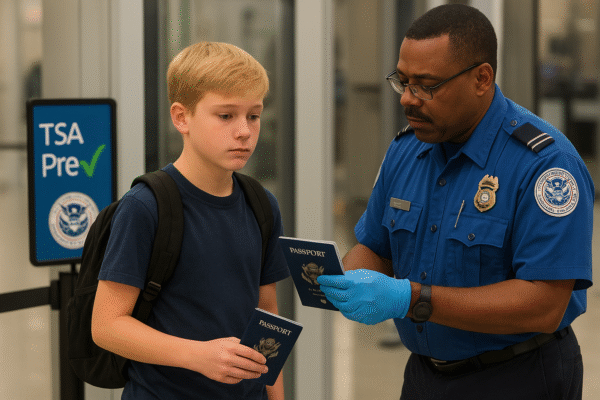The U.S. Transportation Security Administration (TSA) has issued a significant update to its security protocols concerning unaccompanied minors traveling through U.S. airports. This development aims to enhance aviation security and streamline screening processes, especially as the number of children flying solo continues to rise.
According to the U.S. Department of Transportation (DOT), more than seven million children travel alone by air each year, often through major airports like JFK (New York), LAX (Los Angeles), and Chicago O’Hare. In light of this, the TSA’s revised guidelines ensure that children traveling without a parent or guardian are adequately prepared, especially when accessing TSA PreCheck lanes.
Why the Change?
In a public advisory issued on July 31, 2025, the TSA highlighted increasing concerns about non-compliance at security checkpoints, particularly among minors without adequate documentation. With over two million passengers screened daily nationwide, the goal is to minimize delays, ensure safety, and maintain consistency across the board.
Parents have often assumed that children under 18 don’t require identification for domestic air travel, especially when accompanied by an adult. However, when a child is flying alone, especially under the TSA PreCheck program, this assumption no longer holds. Unaccompanied minors must present valid identification to access expedited screening, a requirement that has caught many parents off guard.
What Is TSA PreCheck and Why Does It Matter?
TSA PreCheck is a trusted traveler program designed to expedite the security screening process at airports. Passengers enrolled in the program can keep on shoes, belts, and light jackets and do not need to remove laptops or compliant liquids. While the program benefits families, it requires all individuals—adults and children alike—to provide proper identification.
This is where the change becomes crucial. Unaccompanied minors who lack acceptable ID will not be permitted to use TSA PreCheck, even if the accompanying adult had arranged it during the booking or check-in process. Instead, these children may be rerouted through standard security lines, potentially causing confusion, delays, and missed flights.
Acceptable Forms of ID for Minors
For children under 18 flying solo, the TSA recommends preparing the following documentation in advance:
- Passport (even for domestic flights)
- State-issued ID card
- School ID (with photo and birth date)
- Airline-issued unaccompanied minor form with contact information
- Notarized travel consent form (optional but recommended)
Each airline may have its own set of policies regarding the type of ID required and the age at which children can fly alone. Delta Air Lines, American Airlines, and United, for example, require children to be between 5 and 14 years old to qualify for their unaccompanied minor programs, with varying rules for those aged 15–17.
What Parents Should Do Before the Flight
To ensure a smooth experience, parents should:
- Verify airline-specific age and documentation policies prior to booking.
- Prepare acceptable identification at least one week before departure.
- Contact the TSA to review ID requirements.
- Label the child’s luggage and clothing with emergency contact details.
- Arrive early at the airport, especially at larger, busier hubs like Hartsfield-Jackson Atlanta International Airport or Dallas-Fort Worth International.
Additionally, parents should notify the receiving party at the destination to bring appropriate ID when picking up the child, as airlines will require it to release the minor.
Communication and Clarification Are Key
The TSA encourages parents to reach out directly with questions about child travel security procedures. Through their official Facebook page and TSA Cares helpline, families can get detailed responses about documentation, security screenings, and airport-specific processes.
According to TSA spokesperson Mark Howell, “We recognize that sending a child on a solo flight is already an emotional experience for parents. These updated guidelines are not meant to complicate travel, but rather to ensure every passenger—regardless of age—is accounted for and safe.”
Implications for U.S. Tourism and Domestic Travel
With more families planning travel across the U.S., especially during the holiday seasons, summer breaks, and back-to-school periods, these changes underscore the growing importance of preparedness in air travel. Whether your child is traveling to visit grandparents in Florida or attending a summer camp in Colorado, ensuring they have proper ID and documents will help reduce stress for everyone involved.
Moreover, these guidelines align with the TSA’s broader mission to ensure aviation safety while accommodating the rising demand for child-specific travel accommodations across U.S. airports.
Final Thoughts
Traveling with or sending a child through an airport can be a nerve-wracking experience. The TSA’s updated guidelines for unaccompanied minors are designed to reduce airport congestion, streamline security screening, and most importantly, keep children safe. With a little planning and awareness, parents can confidently navigate the travel process and ensure their young flyers have a smooth, safe journey.
For more travel news like this, keep reading Global Travel Wire





















